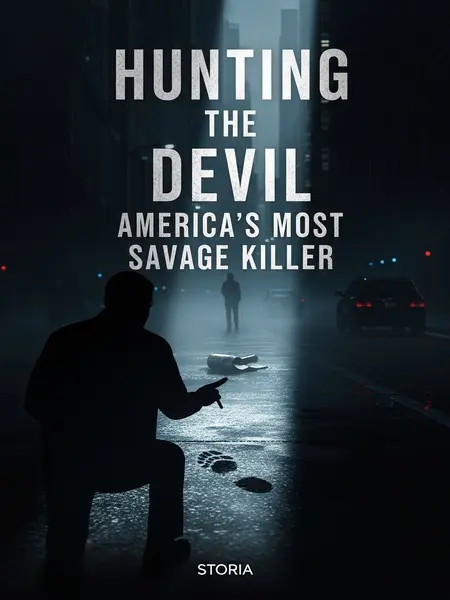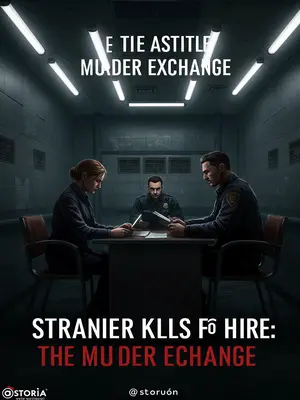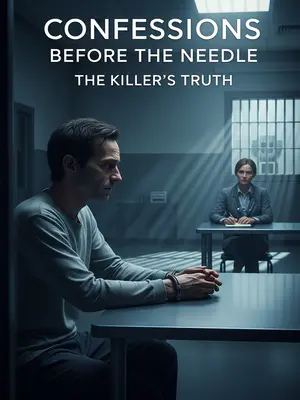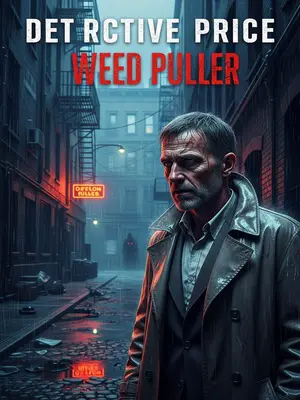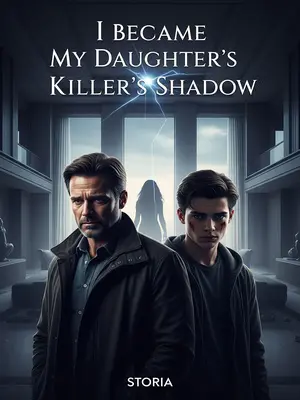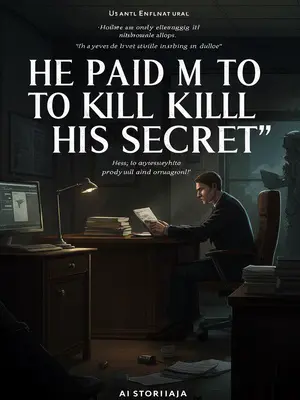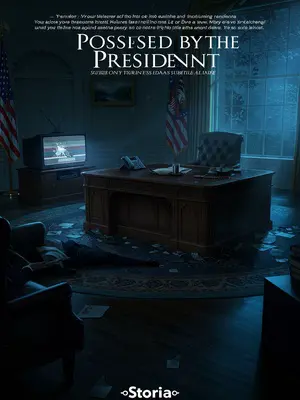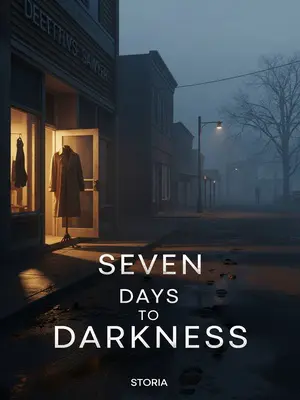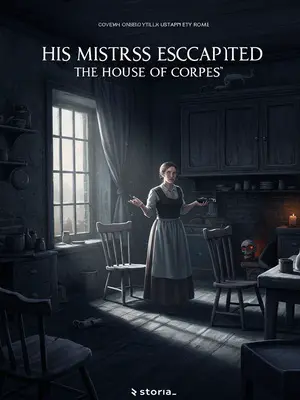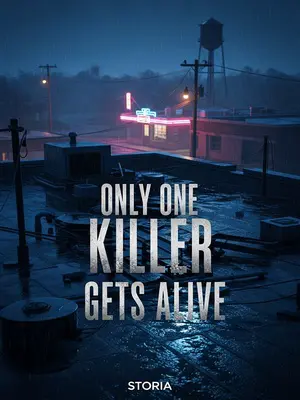Chapter 1: The Cage and the Nightmare
Take a genius with a mind like a steel trap, add a twisted craving for control, and a streak of cruelty that borders on obsession—what do you get? A nightmare America will never forget.
This nightmare wore the face of a man who massacred 53 people, dispatching them as casually as a hunter cleaning game after a long day in the woods, then vanished before the local cops even caught a whiff of his presence.
This is not some urban legend or a Hollywood plot—this was a real case that shook America to its core. News anchors’ voices trembled as they reported the details, and talk radio lines jammed with terrified callers.
He was called the "Bloody Butcher"—a name that seeped into nightmares and inspired movie monsters like Hannibal Lecter. The kind of monster whose story makes horror directors flinch and say, "No, that’s too much. Audiences won’t buy it."
Back in 1992, the most savage, notorious serial killer in American history stood in the defendant’s dock—if you could call it that. The air inside that courthouse was thick with a nervous energy, as if evil itself had seeped into the cracks between the floorboards. The scent of old wood polish mixed with the tang of sweat and stale coffee.
This man—if you could still call him that—didn’t just kill. He evolved, inventing more gruesome methods with each crime, murdering 53 people and eating their organs raw as if he were trying to absorb their souls.
At his trial, he sat inside a custom-built iron cage that looked more at home in a horror movie than in an Ohio courtroom, the clang of its door echoing through the high-ceilinged chamber.
But the cage wasn’t to keep him from escaping—it was to keep him alive.
The bailiffs knew if he so much as stepped out, the families in the gallery would have torn him to pieces before the judge could even swing his gavel. The threat wasn’t subtle—one look at those parents with hollow eyes and trembling hands, clutching faded school portraits to their chests, told the whole story.
As the judge, old and steady as a barn beam, read the victims’ names, their voices collided with raw anguish. Michael’s hands balled into fists in his lap, each name a blow he couldn’t block. The gallery trembled with the kind of screams you never forget—grief that burrowed into the walls.
Some couldn’t take it. A middle-aged mother fainted, face ashen, her cries dissolving into unconsciousness. A father collapsed onto a pew, knuckles white as he gripped the wood, his chest heaving with sobs he tried—and failed—to suppress.
Men crashed against the police line, fists pounding on the metal barrier, yelling at the top of their lungs: "Let him out! Let him out! We’ll show you real justice! Make him pay!"
The courtroom became a whirlwind of chaos—shouts echoing, officers scrambling to hold the line, the air crackling with threats and grief.
And the man inside the cage? He sat back, almost amused, a sick grin curling across his lips. He leaned forward, pressed his face against the bars, and grinned—a slow, hungry smile that made the whole room shudder. He seemed to savor every second of the spectacle, as if he were the ringmaster and they, his captive audience.
Amidst the madness, his eyes locked on a figure in the gallery—his old adversary.
For nine long years, he’d danced circles around law enforcement. He’d played cat and mouse with the best of them—always one step ahead. That was until he met his match: Michael, the state’s leading expert in criminal behavioral analysis.
Now, Michael sat near the cage, jaw set, shoulders stiff beneath his navy suit, watching his enemy with the cold focus of a hunter who knows the end is near.
A cold draft swept the gallery. Michael’s mind drifted—unwillingly—back to where it all began.
